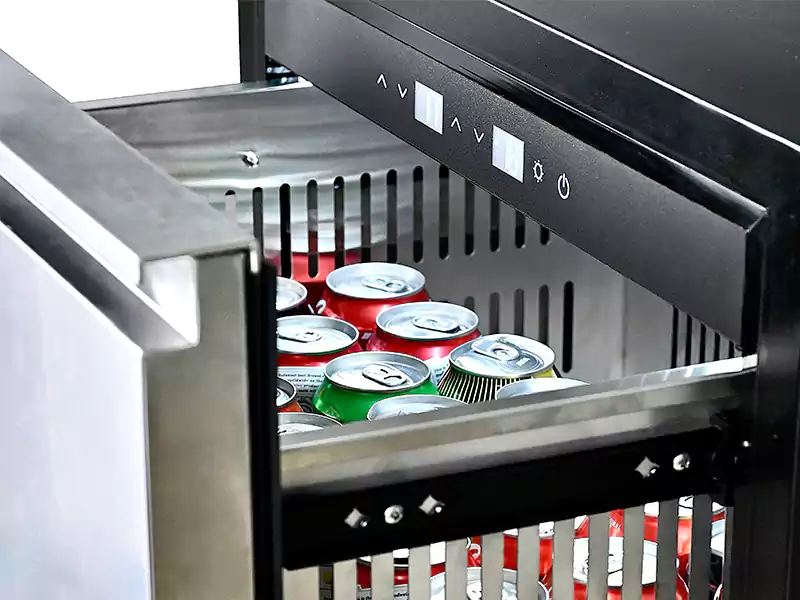A beverage cooler is an essential appliance for keeping your favorite drinks chilled and refreshing. Whether you’re storing wine, beer, soda, or other beverages, maintaining the right temperature is crucial to ensuring they taste their best. In this article, we’ll explore what the ideal temperature is for your beverage cooler and why it matters.
Importance of Proper Temperature
Maintaining the proper temperature in your beverage cooler is critical to preserving the flavor and freshness of your drinks. Too cold, and your beverages may freeze or lose their intended taste. Too warm, and the drinks may become flat or lose their crisp, refreshing qualities. Thus, understanding the optimal temperature settings is essential for enhancing your beverage experience.
Recommended Temperatures for Different Beverages
Different types of beverages require varying temperatures for optimal storage. Here’s a breakdown of ideal temperature ranges:
1. Soda and Soft Drinks
For sodas and soft drinks, a temperature between 36°F and 38°F (2°C to 3°C) is ideal. This keeps the drinks cold without freezing them, ensuring that they remain crisp and fizzy.
2. Beer
For beer, the recommended temperature is slightly lower, ranging from 34°F to 38°F (1°C to 3°C). This range keeps beer refreshingly cold while preserving its taste and carbonation.
3. Wine
Wine requires a more specific temperature depending on its type:
- Red Wine: Ideally stored at 55°F to 65°F (13°C to 18°C). Slightly cooler temperatures will enhance the flavors without affecting its texture.
- White and Sparkling Wine: These should be kept between 45°F and 55°F (7°C to 13°C) to maintain their crispness and brightness.
Energy Efficiency and Consistency
Besides taste, setting the right temperature also affects the energy efficiency of your beverage cooler. A cooler that operates consistently at an optimal temperature uses less energy, making it more cost-effective and environmentally friendly.
Tips for Maintaining the Right Temperature
- Check Settings Regularly: Ensure your beverage cooler settings are accurate for the beverages stored.
- Avoid Overloading: Overfilling can affect temperature distribution and lead to inconsistent cooling.
- Regular Maintenance: Clean your cooler regularly and ensure the seals are intact for optimal performance.
In conclusion, the best temperature for your beverage cooler depends on the type of drinks you’re storing. By following these guidelines, you can maintain the perfect chilling environment, enhancing your beverage experience and ensuring they are always served at their best.
















Leave a Reply